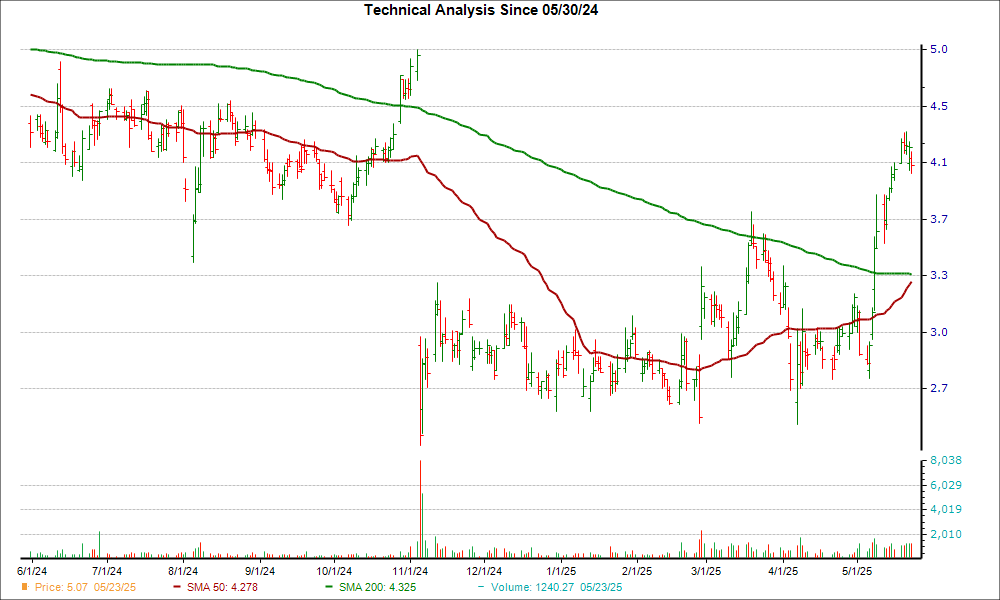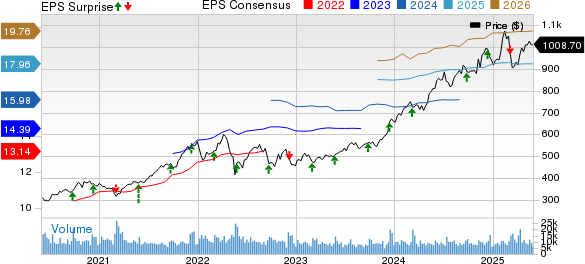Cocoa Prices Fall Amid Supply Growth and Quality Concerns
July ICE NY cocoa (CCN25) is down -485 (-5.03%), while July ICE London cocoa #7 (CAN25) dropped -284 (-4.37%).
Cocoa prices have continued their downward trend this week, hitting a 2-week low for NY cocoa and a 3-week low for London cocoa. Favorable weather in West Africa is expected to support crop development in the main cocoa-producing region.
Recent inventory rebounds have also put downward pressure on prices. After reaching a 21-year low of 1,263,493 bags on January 24, ICE-monitored cocoa inventories in U.S. ports rose to an 8-month high of 2,187,668 bags as of Wednesday.
Slower cocoa exports from Ivory Coast provide some price support, indicating potentially tighter future supplies. Government data indicated that farmers shipped 1.6 million metric tons of cocoa this marketing year, a 9.6% increase compared to last year but a drop from the +35% rise in December.
Last Tuesday, NY cocoa climbed to a 3¾-month high due to weather concerns in West Africa. Although recent rains have occurred, drought continues to affect over a third of Ghana and Ivory Coast, according to the African Flood and Drought Monitor.
Quality issues regarding the mid-crop from Ivory Coast remain a concern. Cocoa processors have reported rejecting truckloads of beans due to quality issues, with about 5% to 6% being deemed poor quality, compared to only 1% in the main crop.
Rabobank attributes the poor quality to delayed rain in the region, which affected crop growth. This year’s estimated mid-crop is 400,000 metric tons, down 9% from 440,000 metric tons last year.
Market fears that rising tariffs on cocoa products will dampen consumer demand also weigh on prices. Barry Callebaut AG has reduced its annual sales guidance, citing high cocoa prices and uncertainty over tariffs. Hershey Co. reported a 14% decline in Q1 sales and expects $15-$20 million in tariff-related costs in Q2, likely increasing chocolate prices and impacting demand. Mondelez International has also noted that consumers are spending less on snacks due to high prices and economic uncertainty.
Despite these challenges, cocoa prices benefited from better-than-expected global cocoa demand. Q1 North American cocoa grindings fell 2.5% year-over-year to 110,278 metric tons, better than expected. Q1 European cocoa grindings decreased 3.7% year-over-year to 353,522 metric tons, while Q1 Asian grindings dropped 3.4% year-over-year to 213,898 metric tons—both smaller declines than anticipated.
Reduced cocoa supplies from Ghana further support prices. The country’s cocoa regulator, Cocobod, lowered its Ghana 2024/25 harvest forecast to 617,500 metric tons, down 5% from a previous estimate of 650,000 metric tons.
The International Cocoa Organization (ICCO) reported a global cocoa deficit of 441,000 metric tons for 2023/24, the largest in over 60 years. Cocoa production is expected to fall 13.1% year-over-year to 4.380 million metric tons. The ICCO also noted that global cocoa stocks/grindings ratio reached a 46-year low of 27.0%. Looking ahead to 2024/25, a surplus of 142,000 metric tons is anticipated, projecting a 7.8% increase in global production to 4.84 million metric tons.
On the date of publication, Rich Asplund did not hold any positions in the securities mentioned in this article. This information is for informational purposes only. View the Barchart Disclosure Policy
here.
The views expressed in this article do not necessarily reflect those of Nasdaq, Inc.



